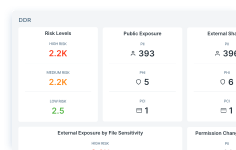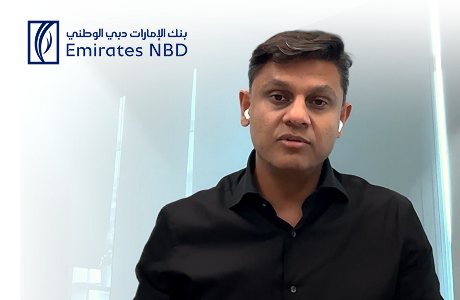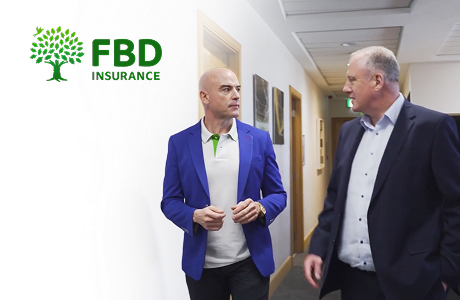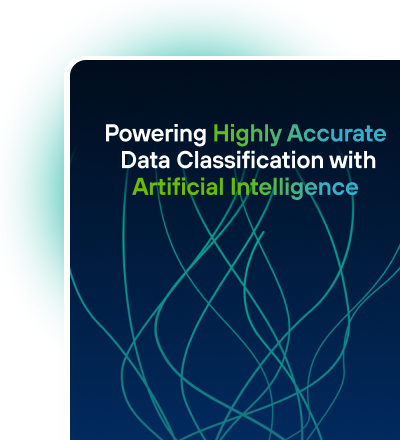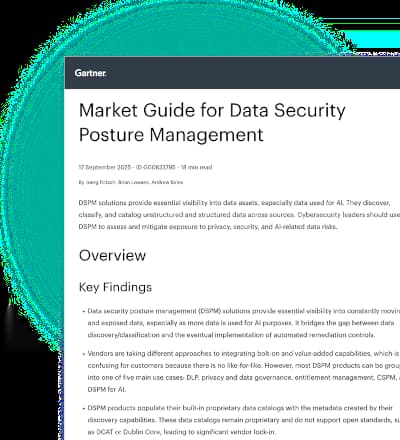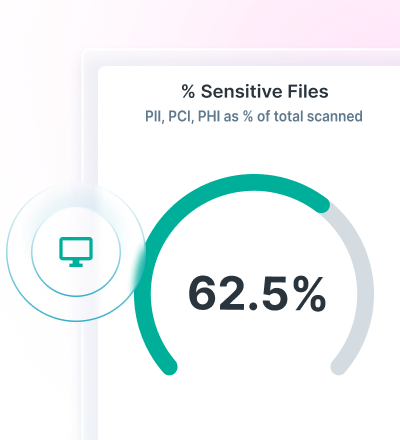Navigating VUCA: What Gartner® Says About the 2025–2026 Threat Landscape
0 min read

Lionel Menchaca
For a number of different reasons, the cybersecurity landscape is becoming more volatile, uncertain, complex and ambiguous. It’s an environment where the VUCA acronym applies. As organizations accelerate digital transformation, the attack surface continues to expand while adversaries become more adaptive, automated and AI-enabled.
In our view, the new “How to Respond to the 2025–2026 Cybersecurity Threat Landscape,” Gartner report makes it clear that traditional threat mitigation approaches no longer cut it. As such, security leaders need to rethink how they monitor, manage and respond to threats that evolve faster than enterprise defenses.
In this post, I’ll communicate Forcepoint’s takeaways of the report’s most critical insights. Whether you’re a CISO, a Chief Data Officer or part of a team responsible for managing cyber risk at scale, we think reading this report will be time well spent.
👉 Download the Gartner report.
Emerging Threats and Vulnerabilities to Watch For
This Gartner research outlines several fundamental shifts in the global threat environment. One of the most urgent: the growing use of generative AI by attackers, accelerating the development of polymorphic malware, streamlining social engineering tactics and deepfake-based intrusions.
The report also warns about the growing risks tied to APIs and software supply chains. They both have become common points of exploitation in multi-cloud environments. Combined with the growing number of edge devices and remote endpoints, these create persistent blind spots that most traditional security tools aren’t equipped to monitor.
In addition, insider threats continue to evolve. Misuse of privileged access and lack of visibility into unstructured or “shadow” data add layers of complexity that traditional tools struggle to manage. Cybersecurity leaders must prepare to secure not only the network, but also the unknown.
Strategic Shifts for Security Leaders
To meet the moment, Gartner mentions that security teams should move from a reactive posture to one focused on resilience and proactive risk mitigation. This means shifting investment from narrowly scoped threat prevention tools to broader platforms that support detection, response and governance.
Emerging technologies like Data Security Posture Management (DSPM) can help identify data risk, classify critical data while assisting with behavioral threat detection. These tools help security teams discover hidden data, monitor access dynamically to help security teams better understand how data flows across complex ecosystems.
Just as important is the need for organizational alignment. Gartner discusses that CISOs must now collaborate more closely with risk, compliance and data governance leaders. Breaking down silos helps to ensure that incident response and security investments are mapped to actual business priorities and risk tolerance levels.
Preparing Your Organization Now
In our opinion, the Gartner report offers a clear message: the time to prepare is now. Security professionals can start by evaluating their current visibility into sensitive data and digital assets. Knowing what you have, where it lives and who can access it is the foundation of any effective risk mitigation strategy.
It’s a good time for leaders to revisit their security stack to identify where automation and AI-driven insights can fill critical gaps. The goal is not just faster detection, but smarter decisions under pressure.
It’s also a good time to reframe your organization’s incident response strategy. Build plans around realistic, high-impact threat scenarios. Make sure those plans are tested, aligned to roles and workflows and grounded in data that reflects your actual risk surface.
The 2025–2026 threat landscape will demand more agility, visibility and cross-functional coordination than ever before. We believe the latest Gartner research goes beyond outlining what to expect. It provides a framework for how to lead through it. If you’re a cybersecurity leader seeking clarity in the chaos, download the report today.
👉 Download the full Gartner report: How to Respond to the 2025–2026 Cybersecurity Threat Landscape
###
Gartner®: How to Respond to the 2025-2026 Threat Landscape, Jeremy D'Hoinne, John Collins, Mark O'Neill, Nahim Fazal, Andrew Walls, Katell Thielemann, Charlie Winckless, Avivah Litan, Franz Hinner, Dionisio, Zumerle, Akif Khan, John Watts, Pete Shoard, Evgeny Mirolyubov, Paul Furtado, James Hoover, Dennis Xu, Oscar Isaka, Mark Horvath, Sarah Almond, 3 June 2025
This graphic was published by Gartner, Inc. as part of a larger research document and should be evaluated in the context of the entire document. The Gartner document is available upon request from https://www.forcepoint.com/resources/industry-analyst-reports/gartner-how-respond-2025-2026-threat-landscape
GARTNER is a registered trademark and service mark of Gartner, Inc. and/or its affiliates in the U.S. and internationally and is used herein with permission. All rights reserved. Gartner does not endorse any vendor, product or service depicted in its research publications, and does not advise technology users to select only those vendors with the highest ratings or other designation. Gartner research publications consist of the opinions of Gartner’s research organization and should not be construed as statements of fact. Gartner disclaims all warranties, expressed or implied, with respect to this research, including any warranties of merchantability or fitness for a particular purpose.

Lionel Menchaca
Read more articles by Lionel MenchacaAs the Content Marketing and Technical Writing Specialist, Lionel leads Forcepoint's blogging efforts. He's responsible for the company's global editorial strategy and is part of a core team responsible for content strategy and execution on behalf of the company.
Before Forcepoint, Lionel founded and ran Dell's blogging and social media efforts for seven years. He has a degree from the University of Texas at Austin in Archaeological Studies.
In the Article
X-Labs
Get insight, analysis & news straight to your inbox

To the Point
Cybersecurity
A Podcast covering latest trends and topics in the world of cybersecurity
Listen Now
